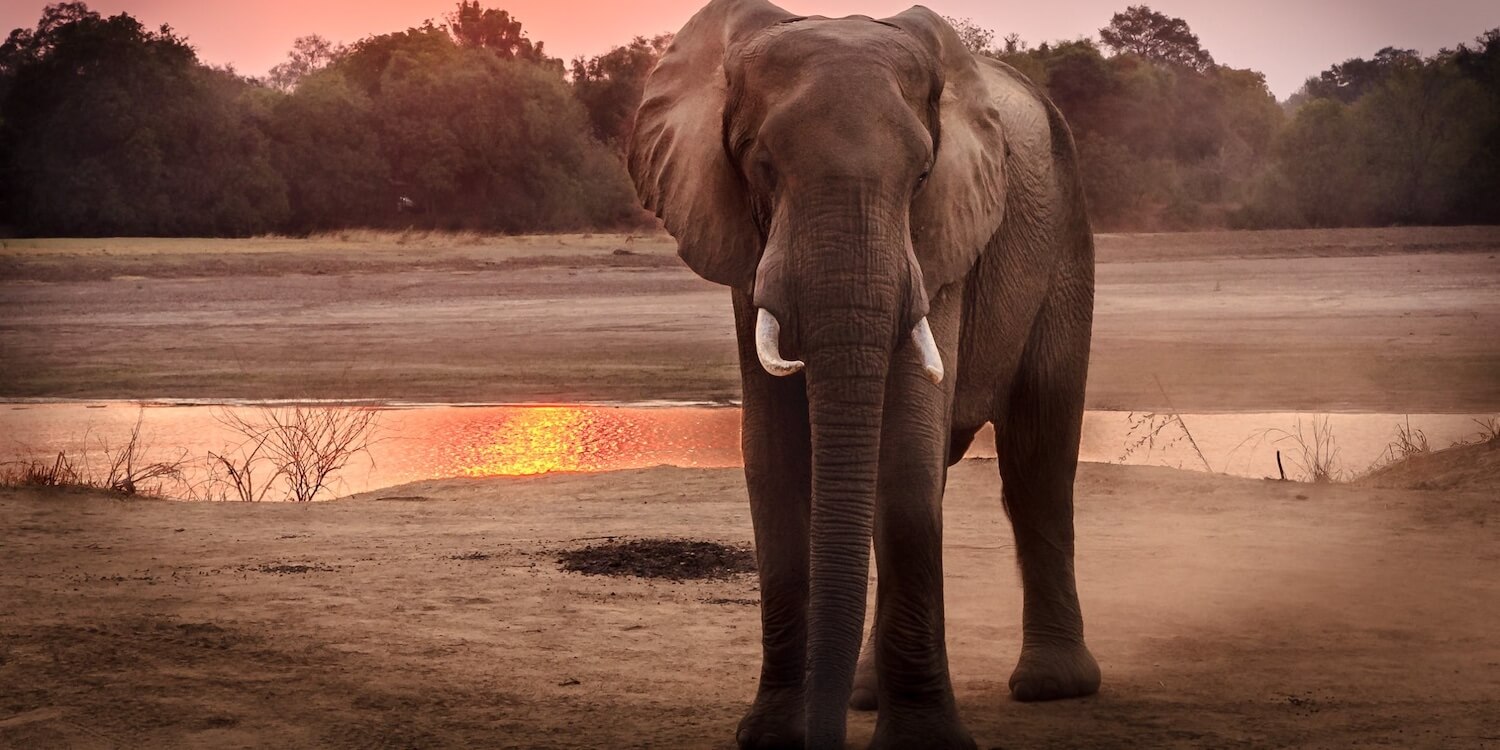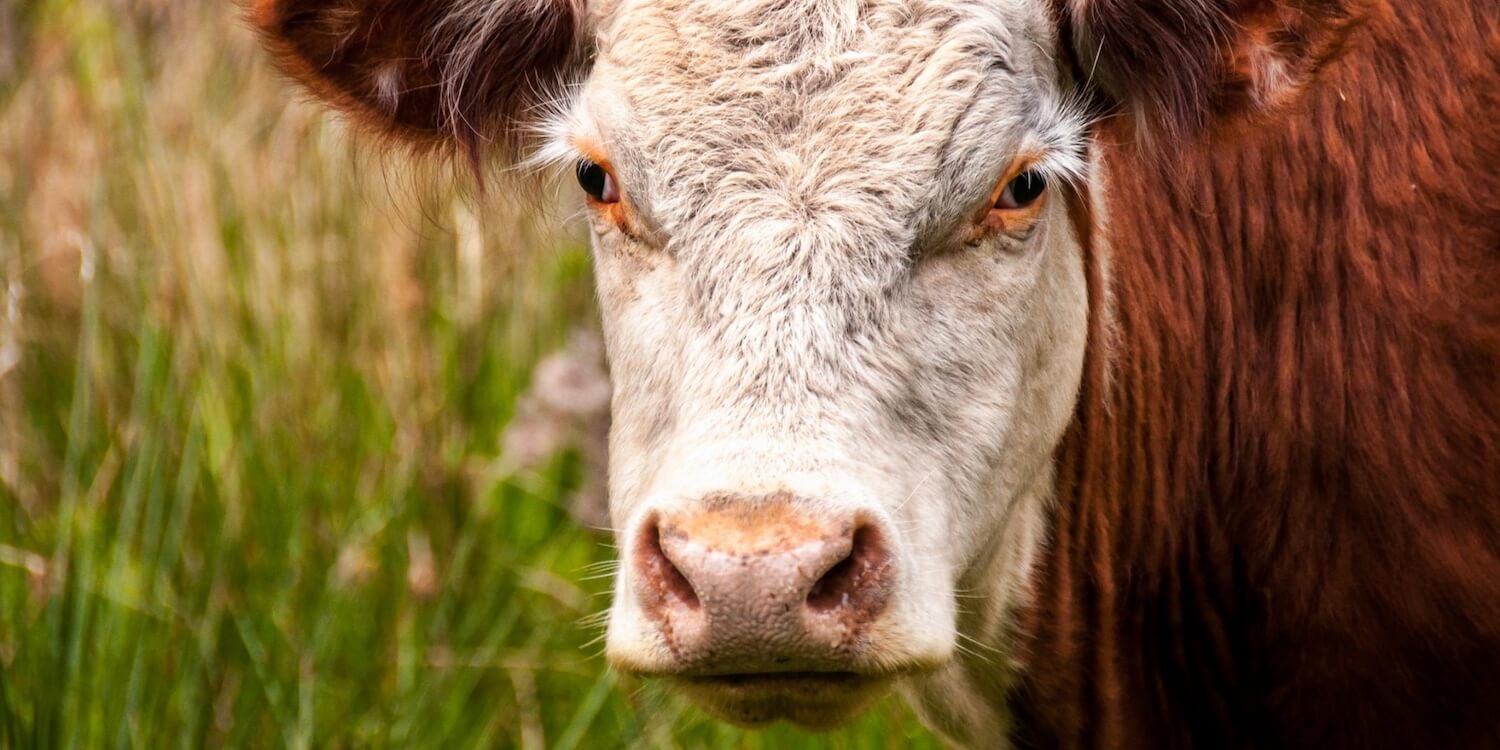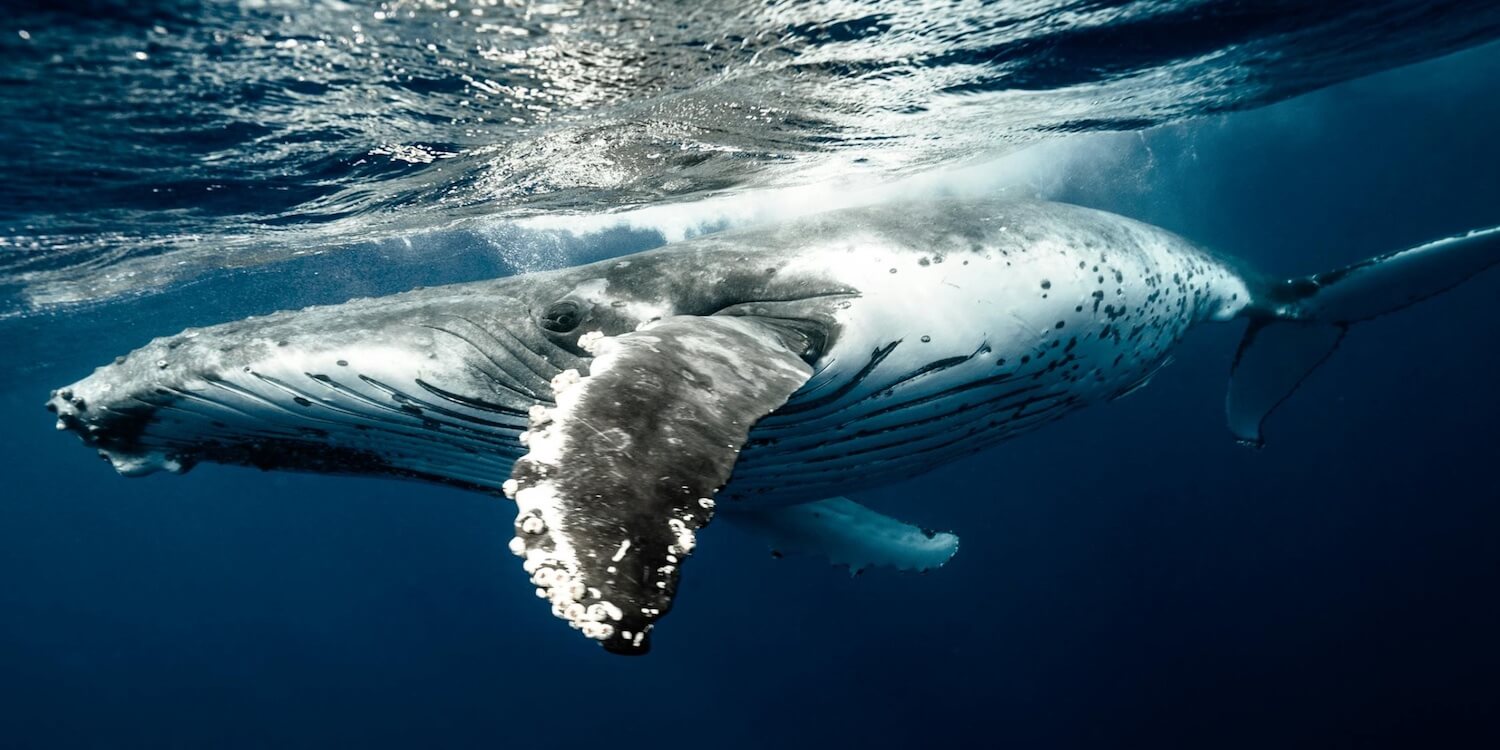[ad_1]
Earth was hotter than ever in 2023—about 1.45ºC (2.61ºF) warmer than the pre-industrial average. The year also broke records for ocean heat, greenhouse gas levels, sea level rise, glacier retreat, and Antarctic sea ice loss.1 What do these alarming climate change indicators imply for animals’ lives and wellbeing? Here, we’ll explore the impacts of climate change on the world’s animals, considering the negative outcomes faced by species and the urgent need for action to safeguard their future.
How Climate Change Affects Animals
With every additional tenth of a degree (in ºC) of temperature rise, the risk of ecosystem restructuring, food shortages, and biodiversity loss increases.2 Rising global temperatures also escalate the rate of planet-reshaping phenomena like polar ice melt, sea level rise, ocean acidification, and extreme weather events. These and other consequences of climate change pose massive risks to all species, the majority of whom are wild animals. Some of the most significant threats to wildlife are detailed below.
Habitat loss
Rising global temperatures and climate-related stressors like droughts, wildfires, and marine heatwaves damage vegetation, disrupt food chains, and harm habitat-forming species that support entire ecosystems, such as corals and kelp.3 At global warming levels above 1.5ºC, some ecosystems will experience irreversible changes, killing numerous species and forcing others to seek new habitats. Habitats in sensitive ecosystems—such as polar and already warm regions—are most vulnerable in the near term, facing threats such as widespread tree dieoffs, declines in ice-dependent species, and heat-related mass mortality events.4

Behavioral and neurological changes
Animals depend on environmental cues to perform essential activities such as mating, hibernation, migration, and finding food and suitable habitats. Changes in temperature and weather patterns affect the timing and intensity of these cues and can impact the behavior, development, cognitive abilities, and ecological roles of several species.5 For instance, mosquitoes rely on temperature gradients to navigate their surroundings. As temperatures increase, mosquitoes seek hosts in different areas—a scenario that raises significant concerns for disease transmission patterns. Similarly, chemical changes caused by ocean acidification have been found to impair odor tracking in reef fish6 and sharks,7 harming their ability to avoid predators and find food.
Human-wildlife conflict
As climate change continues to disrupt ecosystems, shrink habitats, and intensify extreme weather events like droughts and wildfires, more animals will seek food and shelter in human communities. Encounters and conflicts over limited resources will increase, typically yielding harsher consequences for the animals.8 Human activities like farming, deforestation, and resource extraction further exacerbate the problem by encroaching on wildlife habitats and contributing to resource scarcity.9
Species extinction
According to a 2022 report by the Intergovernmental Panel on Climate Change (IPCC),10 recent climate-related events have already resulted in local population extinctions, such as the disappearance of the white subspecies of the lemuroid ringtail possum (Hemibelideus lemuroides) in Queensland, Australia following a 2005 heat wave. On a global scale, the Bramble Cay melomys, last seen in 2009, was declared extinct in 2016, with sea level rise and increased storm surge being the most likely cause.

Animals Most Affected by Climate Change
There is no definitive ranking of which animals will be the most impacted by climate change, but certain animals are at a higher risk of being negatively affected. Animals living in polar and naturally warm environments face more immediate threats as temperatures rise beyond what they are adapted for.11 Specialist species, which evolved to thrive under specific environmental conditions, are also more vulnerable to climate change due to their inability to quickly adapt to changes in habitats and food sources.12 Among mammals, those with shorter lifespans and higher reproductive rates are expected to significantly decline as extreme weather events become more frequent.13 If temperatures rise to 1.5ºC (2.7ºF) or greater above pre-industrial averages, endemic species in biodiversity hotspots—particularly islands, mountains, and the ocean—face significant extinction risk.14
How Climate Change Affects Farmed Animals
While warmer temperatures may benefit some farmed animals living in areas with severe winters, climate change is expected to have an overwhelmingly negative impact on farmed animal health and welfare.15 Higher temperatures and more intense and frequent heat waves will increase the risk of heat stress among “livestock” animals such as cows, pigs, and sheep. Prolonged heat stress can lead to metabolic disorders, oxidative stress, and immune suppression, resulting in frustration, discomfort, infections, and death. The proliferation of vector-borne diseases, decreased quality and quantity of food due to shortages, and intensified extreme weather events also threaten farmed animal welfare.

Animal Adaptations to Climate Change
Although climate change is moving faster than many animals can adapt, some are finding ways to adjust. Many species shift their geographic range to find favorable conditions—for animals like the ‘amakihi and i’iwi, both birds native to Hawaii, this means moving to a higher latitude with cooler temperatures and fewer disease-carrying insects (which tend to stick to warmer areas).16 Animals may also nest earlier; for example, birds on North America’s west coast have responded to warming temperatures by nesting up to 12 days earlier than they did nearly a century ago.17 Especially resilient species will adapt in multiple ways. California sea lions are one example: They have not only adjusted their geographic range to include cooler areas but also altered their physiology to improve their neck flexibility and bite force, allowing them to feed on a wider variety of prey.18
Animals’ Role in Mitigating Climate Change
Several animals provide ecosystem services that help regulate the climate and maintain healthy populations. For example, whales contribute to marine ecosystem health by fertilizing phytoplankton through their feces. Phytoplankton absorb carbon dioxide from the atmosphere and cycle it through the food web as they’re consumed by other animals, keeping the carbon in the ocean as opposed to warming the planet.19 Similarly, elephants engineer ecosystems by dispersing seeds, creating trails, and clearing space for new plant growth, which aids in carbon absorption.20 Pangolins also play crucial roles in their ecosystems by controlling ant and termite populations and excavating dens that are used by other animals, thus maintaining ecological balance.21

What You Can Do to Help
Livestock farming is estimated to account for between 11.1% and 19.6% of global greenhouse gas (GHG) emissions22—by adopting a vegan diet and championing farmed and wild animal welfare, you can help curb the practices that drive climate change and protect the animals that mitigate it.
Sign up for our newsletter to receive updates on the latest research and news from the frontlines of the animal advocacy movement.
-
World Meteorological Organization (2024)
-
IPCC (2022)
-
IPCC (2022)
-
IPCC (2022)
-
O’Donnell (2023)
-
Munday et. al. (2014)
-
Dixson et. al. (2015)
-
Vernimmen (2023)
-
IPCC (2022)
-
IPCC (2022)
-
IPCC (2022)
-
National Geographic (2023)
-
Jackson et. al. (2022)
-
IPCC (2022)
-
Lacetera (2019)
-
Benning et. al. (2002)
-
Socolar et. al. (2017)
-
Valenzuela-Toro et. al. (2023)
-
IFAW (2021a)
-
IFAW (2021b)
-
IFAW (2022)
-
The Breakthrough Institute (2023)
[ad_2]